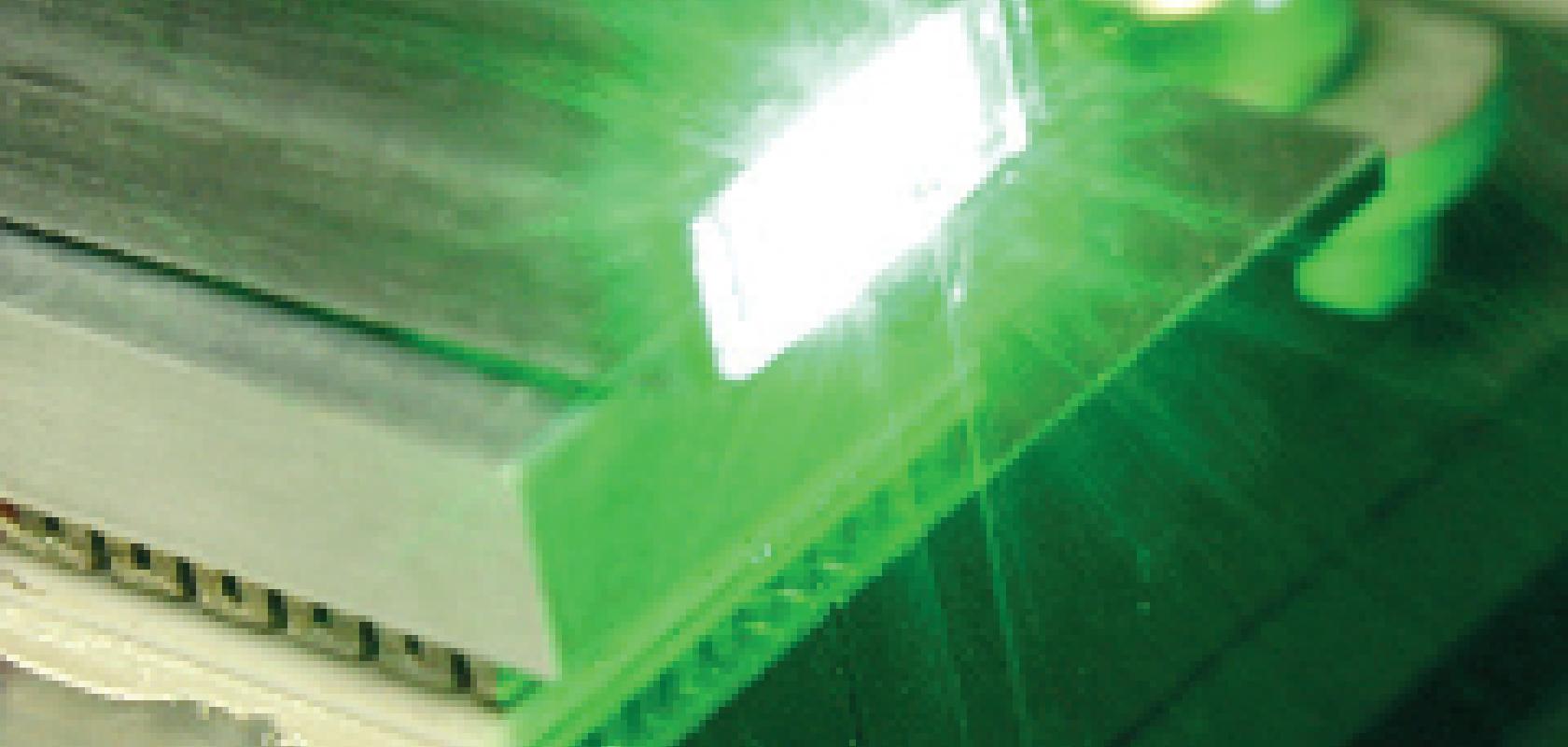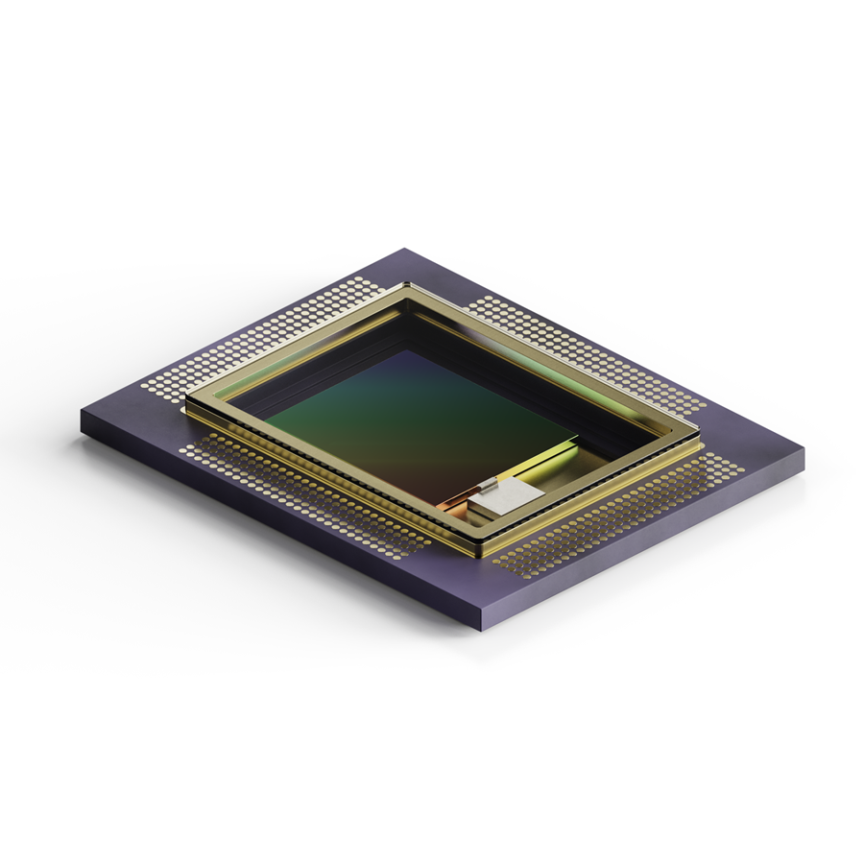In a few years time micro laser projectors could be built into mobile phones and be projecting images the size of A3 paper onto a wall, using a light source from VTT Technical Research Centre of Finland, the country’s Aalto University and Finnish laser developer EpiCrystals, writes Rob Coppinger.
These projectors, which are one to two centimetres in length, will be able to project the large still images and movies on any surface. The projectors are designed to be integrated into many kinds of electronic appliances, including digital or video cameras, gaming devices and mobile phones.
The challenge has been to develop small, energy-efficient and luminous three-colour, red, green and blue (RGB) light sources that have low manufacturing costs. Low manufacturing costs and high yields are expected by using a single integrated lens in the laser diode so the device can be assembled quickly. The company is also developing packaging methods for the RGB modules that will be a combination of low cost, high reliability and with sub-micron alignment accuracy, for good projected image quality.
‘We are developing an entirely new technology that is currently not in use anywhere else in the world,’ says Tomi Jouhti, EpiCrystals’ business development vice president. EpiCrystals’ goal is to be the technology and market leader in laser light sources for micro projectors by 2015.
The company expects about two billion mobile phones to be sold every year around the world with a few per cent of those having projectors, giving the company a potential global market of tens of millions of projectors. Jouhti says: ‘Large electronics manufacturers are extremely interested in integrated projectors, and market research shows that demand for these micro projectors will increase strongly in the coming years.’
The technology’s development has had financial support from the Finnish funding agency for technology and innovation, called Tekes, Finland’s VNT Management, which manages investment funds, and the country’s Industry Investment company, Suomen Teollisuussijoitus. EpiCrystals’ laser modules will be mass-produced in Asia, but the research and development will remain in Finland.
EpiCrystals’ Decibel laser is the basis for the projection system. Patented internationally, the Decibel laser platform, which is frequency convertible, will produce the three colours. The Decibel laser forms part of a projector engine when combined with a microelectromechanical system scanner, or Digital Light Processing, or Liquid Crystal On Silicon imaging panel. The Decibel laser has a two-component design and it operates through frequency conversion to provide visible light output. The heart of the green Decibel laser is a 1064nm GaAs-based infrared semiconductor laser diode, which emits very narrow pulses in a passive way.
The Decibel laser generates infrared light in the laser chip that is then reflected with an integrated 45º mirror through the GaAs substrate and focused with an integrated lens into the nonlinear crystal, where frequency conversion into visible light occurs. Conversion occurs when the highly energetic ps-class pulses are guided through a PPLN nonlinear crystal. The first generation RGB module will have an average visible power of 60mW, peak infrared power that is greater than 1W, a pulse width of ~20ps, and repetition rates of 5GHz.
First EpiCrystals is going to launch the green laser, because the company says low cost green lasers fitting pico applications are not available at the moment. In the second phase of the company’s plans blue and red lasers will be integrated into the RGB module. The green laser in development is described by EpiCrystals as a true green at 532nm with an output power of 60mW and 100MHz modulation speed.
EpiCrystals has also designed wide-band nonlinear crystals (uniform band) that match its wide spectrum laser. This wide band reduces the level of speckle, by up to 70 per cent, and enables a wide operating temperature range.
The initial cost target for a single colour module is $45 with that cost dropping to $15 when annual production reaches a million RGB modules. Timo Aalto, VTT’s principal scientist, says: ‘The project has successfully combined multi-technological know-how from VTT and its partners, from manufacturing materials and the accurate focusing of laser chips all the way to production line design.’
Aalto added that the project was launched in the latter half of 2011 and it is now entering the stage where the partners can start building prototypes. ‘It is our goal to prove by next summer that large quantities of the new laser light sources can be manufactured quickly and economically.’
Jouhti states: ‘For its commercial exploitation in the short term we will further develop the known assembly and packaging concepts and apply them to the RGB modules. For additional improvements and cost reductions of the RGB modules, we are also developing new and innovative concepts.’


